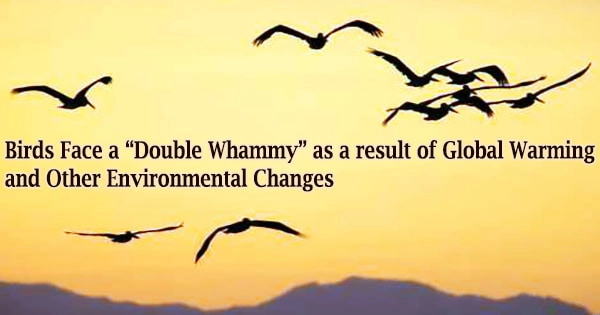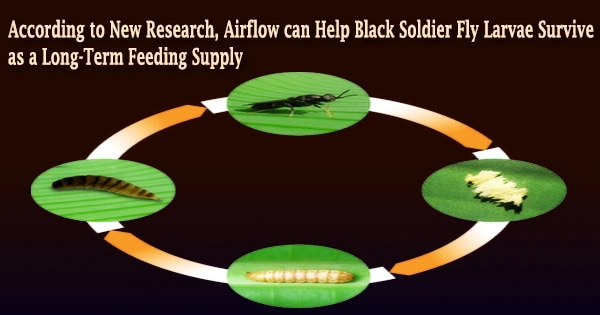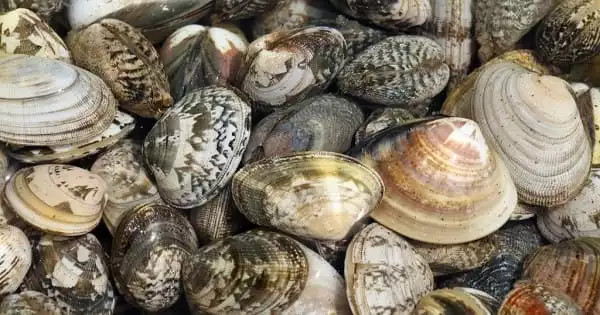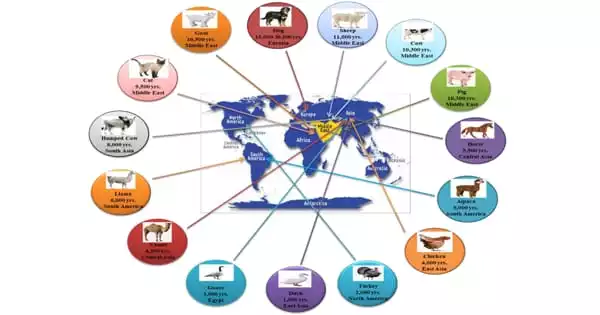A new study from researchers at The Australian National University (ANU) reveals the impact of climate change on more than 60 different bird species for the first time in more than half a century.
Climate change has been connected to half of all changes in important physical and behavioral avian features since the 1960s, according to the study. Other unknown environmental elements that have altered at the same time as our climate account for the remaining 50%.
The study, which was conducted in collaboration with James Cook University (JCU) and published in the Proceedings of the National Academy of Sciences, focused on birds in the United Kingdom and the Netherlands.
“We have shown that climate change is a major driver of these changes in the birds, but there is more at play here than we originally thought,” lead author Dr. Nina McLean, from the ANU Research School of Biology, said.
Not only were other undiscovered environmental changes equally essential in causing changes in the birds, but they also shockingly did so in the same direction as climate change, compounding their impacts.
This study demonstrates that the effects of climate change are not isolated, and that they are occurring in a world where wildlife’s resilience is already being tested owing to the numerous other obstacles animals face in a human-dominated landscape.
Climate change caused chiffchaffs to lay their eggs six days earlier over the last 50 years, but other unknown environmental factors led to an additional six days, meaning in total they now lay their eggs 12 days earlier than they did half a century ago.
Dr. Martijn van de Pol
“These non-climate change-driven factors could include urbanization, changing land use, habitat loss, or introducing invasive species into ecosystems, but we can’t know their identity for sure yet,” said Dr. Nina McLean.
The researchers looked at three essential features in their research: egg-laying timing, avian body condition, and the quantity of offspring produced. Volunteers, often known as citizen scientists, gathered all of the data.
Climate change has caused almost all birds to lay their eggs earlier, according to the study.
“For example, climate change caused chiffchaffs to lay their eggs six days earlier over the last 50 years, but other unknown environmental factors led to an additional six days, meaning in total they now lay their eggs 12 days earlier than they did half a century ago,” Dr. Martijn van de Pol, from the JCU College of Science and Engineering, said.
Dr. McLean said there are “winners and losers” of these environmental changes driven by rising temperatures.
“For offspring number and body condition we see that it’s a mixed bag,” she said.
Some species are gaining weight and having more offspring, while others are losing weight and having fewer offspring.
Garden warblers in the United Kingdom, for example, have had a 26% fall in their average number of offspring over the last half-century, which is quite alarming for the species’ long-term destiny, although only half of this loss, 13%, can be linked to climate change.
In comparison, the redstart’s progeny numbers have increased by 27% in the last half-century, but only portion of that rise is related to global warming.
Continued global warming, according to the researchers, might be a “double whammy” for species already trying to adapt to non-climatic environmental changes.
“Rising temperatures, compounded with these unknown environmental factors, could pose a significant threat to the livelihoods of certain species that are already suffering,” study co-author Dr. Loeske Kruuk, also from ANU, said.
Researchers from the University of Edinburgh, the British Trust for Ornithology, the Sovon Dutch Centre for Field Ornithology, and the Dutch Centre for Avian Migration and Demography were also involved in this research.
















